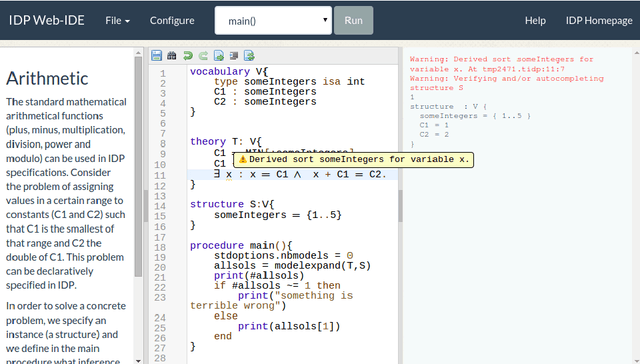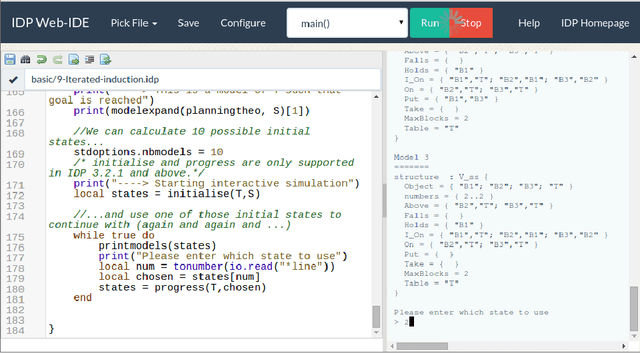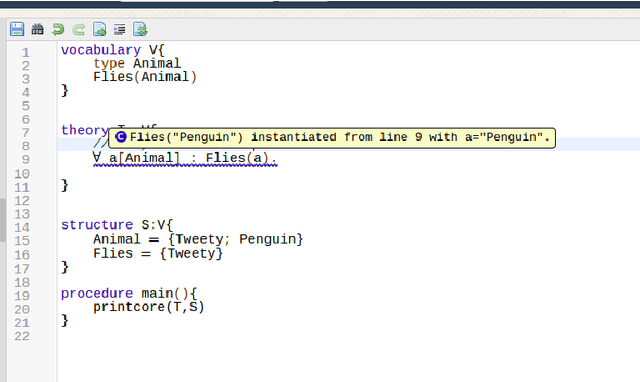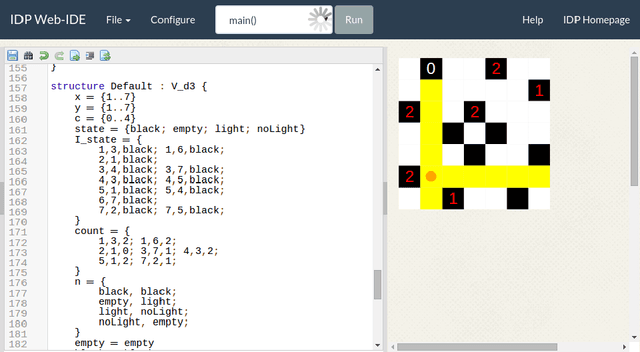Ingmar Dasseville
The KB paradigm and its application to interactive configuration
May 06, 2016

Abstract:The knowledge base paradigm aims to express domain knowledge in a rich formal language, and to use this domain knowledge as a knowledge base to solve various problems and tasks that arise in the domain by applying multiple forms of inference. As such, the paradigm applies a strict separation of concerns between information and problem solving. In this paper, we analyze the principles and feasibility of the knowledge base paradigm in the context of an important class of applications: interactive configuration problems. In interactive configuration problems, a configuration of interrelated objects under constraints is searched, where the system assists the user in reaching an intended configuration. It is widely recognized in industry that good software solutions for these problems are very difficult to develop. We investigate such problems from the perspective of the KB paradigm. We show that multiple functionalities in this domain can be achieved by applying different forms of logical inferences on a formal specification of the configuration domain. We report on a proof of concept of this approach in a real-life application with a banking company. To appear in Theory and Practice of Logic Programming (TPLP).
Visualising interactive inferences with IDPD3
Nov 03, 2015


Abstract:A large part of the use of knowledge base systems is the interpretation of the output by the end-users and the interaction with these users. Even during the development process visualisations can be a great help to the developer. We created IDPD3 as a library to visualise models of logic theories. IDPD3 is a new version of $ID^{P}_{Draw}$ and adds support for visualised interactive simulations.
A web-based IDE for IDP
Nov 03, 2015



Abstract:IDP is a knowledge base system based on first order logic. It is finding its way to a larger public but is still facing practical challenges. Adoption of new languages requires a newcomer-friendly way for users to interact with it. Both an online presence to try to convince potential users to download the system and offline availability to develop larger applications are essential. We developed an IDE which can serve both purposes through the use of web technology. It enables us to provide the user with a modern IDE with relatively little effort.
 Add to Chrome
Add to Chrome Add to Firefox
Add to Firefox Add to Edge
Add to Edge